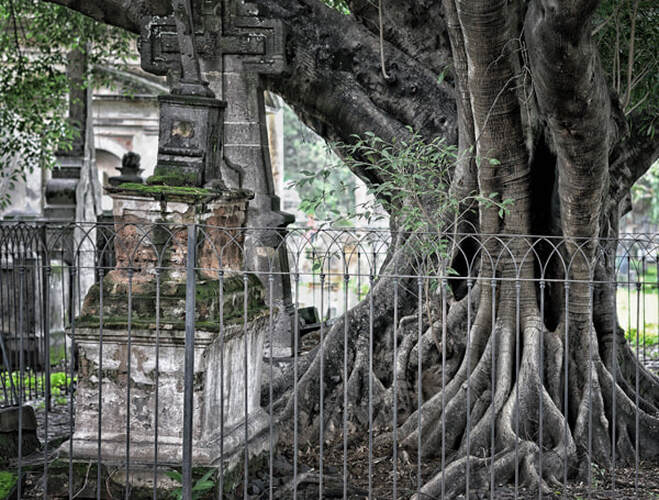 For nearly 200 years, the tree has been growing. Its twisted vast network of roots undulate and wrap round adjacent graves and markers. The day will come when this gnarl will break the barrier slab covering the vampire, allowing him to escape and seek revenge on Guadalajara. In a site marked by death, this tree is now protected with a fenced enclosure to preserve its life. Appearing in Napa Valley Register, October 25 Legend of the vampire tree takes root in the mid-1800s in the Barranquitas neighborhood of El Carrizal, Guadalajara. Citizens recounted an ongoing string of deaths occurring only at night, and happening to small animals in the region. Initially it appeared that the deaths were from natural causes. Weeks wore on, the phenomenon persisted. An investigation ensued and, upon closer inspection, it was learned that the body of each animal corpse was marked by two closely positioned punctures. Further, that not a drop of blood remained inside the corpse. Shortly thereafter, this same tragedy began to happen to children, mostly newborns. Mothers were finding their babies in their cribs, dead, similarly marked and drained of blood. Townsfolk were soon driven to remain indoors after dark. Locals, heralded for being great nighttime revelers, instead rushed home each evening to pray–seeking to summon holy powers to eradicate this supernatural being and vanish it from the city. One evening an ardent group, weary of the ongoing attacks, ventured out to track down and eliminate the force—by this time deemed to be a vampire. Here is where the legend branches off into three limbs. One storyline states that the mob rounded up suspects, singling out a ghostly looking man, he being pale white and most resembling a vampire. They drove a stake through his heart to kill him. Another variation recounts the mob entering homes of individuals and, locating one man asleep in his bed, driving a stake through his heart. Both legends say that the body was then dragged to the Santa Paula Cemetery. Another rendition has the men setting a trap and ensnaring a more demonic stalker. They drag the beast’s body to the Santa Paula Cemetery and, with a long stake, pierce its heart, leaving the monster to perish in place. The following morning, the corpse was covered with a thick concrete plate to trap it in place. Surprisingly, months later, the wooden stake used to kill, pierces the concrete surround and begins to grow, eventually becoming a large tree. Lore says that if one cuts the trunk of the tree, blood will seep out (the blood of the vampire lies buried below). Or, that if a person breaks one of the branches, not only will it gush blood, but its leaves will impart a red residue on the skin. For nearly 200 years, the tree has been growing. Its twisted vast network of roots undulate and wrap round adjacent graves and markers. The day will come when this gnarl will break the barrier slab covering the vampire, allowing him to escape and seek revenge on Guadalajara. In a site marked by death, this tree is now protected with a fenced enclosure to preserve its life. The tree stands within the historic walls of the Panteón de Santa Paula (Santa Paula Cemetery) in a northern barrio of Guadalajara’s historic center. The site, better known as the Panteón de Belén, is regarded for its historical mishmash of architecture. It is better known for its legends. Following the Mexican War of Independence (September 16, 1810 to September 27, 1821), Guadalajara faced several famines and epidemics--Cholera in particular, which killed a large proportion of the population. An additional cemetery was needed to bury the victims. In 1843, Bishop Diego Aranda y Carpinteiro requested that the orchard of the Hospital of St. Michael be turned into a graveyard. In 1848, famed architect Manuel Gómez Ibarra was hired to design and construct the site. Thirty years prior, Gomez Ibarra had been engaged to redesign the spires of the Catedral de Guadalajara which had been destroyed in an earthquake. The purchased plot of land was divided into two sections, or patios: one for the poor, one for the wealthy. Following the cemetery’s closing in 1896, the land comprising the poor section was eventually used as a site for a hospital; the plot was demolished in 1967 as most of the graves had become unrecognizable. The plot for the wealthy has remained intact and is today a museum. Marking center within the Panteón de Belén is a grand mausoleum, with 120-foot tall tiled pyramid top. Egyptian in influence, on its overhead corners are four statues of wailing women. Below this shrine is an underground chapel with 64 burial slots, constructed to house dignitary males of Jalisco. Gómez Ibarra himself was placed there, as were José Rolón, composer; Joaquín Angulo, member of the Jalisco Forum and a state governor: Ignacio Herrera y Cairo, surgeon and defender of indigenous people’s land rights and others. The bodies were interred until 1957, after which all remains were transferred to the Rotonda de los Jaliscienses Ilustres located several blocks away.
During the site’s construction, only two of the four arcades were built. The northern and western colonnade hallways each feature 50 arches. The northern wall contains 15 burial slots between each pair of arches; the western wall contains 18 slots between its arches. The two connected colonnades feature rows of Cantera stone columns capped by classical Ionic finishes. Within the courtyard (roughly the size of a city block) are various tombs, markers and mortuary monuments of varying architectural styles. The graveyard was operational for 50 years. One other legend from the Panteón de Belén is that about the small boy who was afraid of the dark. It was May 24, 1882. An ominous storm was en route to hit the city of Guadalajara. The parents of 10-year old Ignacio Torres Altimirano, “Nachito,” were preparing him for bed. Extremely afraid of the dark, his parents and grandparent always positioned two lit torches immediately outside his bedroom window. He slept with the windows open. That night, the winds blew fiercely, extinguishing each torch. In the morning, Nachito’s mother entered his bedroom. Immediately sensing the chill and pall that fell over the space, she rushed to her son’s bedside. There, she found a motionless Nachito, cold and lifeless. Doctors later determined that Nachito had died of a heart attack during the evening, likely due to extreme fright fueled by his pathological fear of the dark. Rumors associated with his passing soon started, quickly spreading a belief that the heart of Nachito had exploded inside his chest, and that his death was brought on by a horrible curse or even demons at play. The boy’s body was soon placed in a coffin and laid to rest at a nearby cemetery, El Panteón de Belén. However, the next morning, keepers of the cemetery found his coffin exhumed and positioned aside the hole that had served as his grave. Fearful and in disbelief, his parents asked caretakers to quickly bury him once more. On the second morning after the funeral, the coffin was again found lying on the ground as it had been found the prior morning. This scenario occurred for the following nine mornings. A cause was never determined; his parents could only reason that Nachito’s extreme fear of the dark was driving him to the light. Placement below the ground was perpetuating his terror, even after death. His parents ordered a new coffin made of stone and fashioned with four short pillared-legs to keep his body from touching the ground, allowing it to be bathed in sunlight. The tomb was placed at the gravesite, above ground. To this day, the legend of Nachito keeps a grip on visitors to his grave. Some claim to have seen or heard a young boy; others have witnessed mysterious balloons hovering over the cemetery—as if held by the hand of a child. Most enduring is the notion that Nachito is a talisman: individuals will leave a small toy for the boy, plus a secret wish. Anyone removing an item will succumb to tragedies until the toy is returned. And, as to the validity of the small ball that rolled by itself away from, and back to, the grave, no one can be sure. So popular is he, that offerings to placate Nachito's soul quickly pile up. To clear the grave, cemetery caretakers routinely remove and donate items to local hospitals, the toys being given to terminally ill children. Other lore and legends are associated with the Panteón de Belen—a pirate, the lovers, plus tales about a monk, a nun and more. Mysticism prevails, and to this day individuals claim visions of ghostly beings roaming the cemetery. Guests may visit for guided day or evening tours that recount 19th century stories of the cemetery.
0 Comments
Appearing in Latitude 38, November 2021
After a one-year hiatus, Nationals one design action returns to the Express 37 fleet. Held October 1 to 3, and hosted by the Berkeley Yacht Club, the competition attracted seven crews for three days of buoy racing, plus a long course Saturday afternoon. Eclipse (PacCup), Elan (SSS), Limitless (PacCup), Mudshark (PresYC), pHatJack (SBYC), Spindrift V (RYC) and Stewball (BYC) traversed the course in sunny day, light wind and generally smooth water. Extending his winning streak post-Rolex Big Boat Series is Shawn Ivie on Limitless. Nearly perfect at 1-1-1-2-1-1, Ivie says that Andy Schwenk (Spindrift V) and Jack Peurach (Elan) kept him focused throughout the competition. “They remind you not to make a mistake, or you’ll easily trade positions at the finish line.” Ivie’s crew is a mix of sailors and friends with whom he has sailed with, and against, on various boats and events over the years. The San Francisco Bay team is accented by local talent Angie Liebert, Will Paxton as tactician, and others. This is Ivie’s fifth Nationals, and fourth to race Limitless. His first year at the event was 2015, crewing aboard both Mudshark and Bullet. “The competition is, and has always been, some the best one design racing I’ve experienced. The fleet is evolving with new owners up north, like Andy Schwenk, and in other regions there is Liz Hopkins on Pazuzu, plus more.” Taking a second overall was Schwenk, with 3-2-4-1-2-3. Things livened up for race 4 Saturday with boats ignoring the 1980s disco rule: “No parking on the dance floor.” A cluster east of the start had some turning to sidewise tactics in light wind. Bucking that tide was Schwenk, swinging wide his boat dance partners to skirt the mash up. Could be that his contrarian moves put him in the right frame of mind, carrying that winning way to a first over the line. Also doing the dance hustle was Jack Peurach of Elan, capped by a shirtless foredeck, Hicham Mejjaty. Veteran of Express 37 racing since 2011, Peurach offered, “Our crew work got better and better as the regatta went on. Going into the final two races, only 5-points separated third place from seventh place. I think our precision spinnaker sets and takedowns made the difference for us on Sunday, as we were able to get ourselves into third spot.” Team Elan rallied to a 6-8-2-3-3-2. Notably absent from the waltz weekend was longtime racer Kame Richards of Golden Moon. His boat up for sale at present, Richards instead attracted racer attention at the Saturday dinner table--recounting an elegant history of e37 Nationals over the years. Those in the room are now privy to the fleet’s alternate prize, initiated in YEAR. Crafted of cardboard and featuring duct tape accordion-fold reveal name plates, each year’s winning skipper has been memorialized here in felt-tip marker or BIC pen. To crown things, the award is accented by the people’s timepiece--a busted Timex watch. Schwenk gives props to the host site, “Berkeley Yacht Club volunteers and staff put on a first class regatta. Great courses, square lines, and getting the races off on schedule. Delicious Paella, continental breakfast, free moorage, plenty of parking--we’re coming back for their midwinter sailing.” Adds Peurach, “The fleet attracts some really strong sailors, so competition is fierce but has a great community. The Nationals at BYC is a highlight of the season, and for the last few years we've been fortunate to have boats travel all the way from So. Cal. for this regatta.” The Express 37 was designed by Carl Schumacher. He commissioned builder Terry Alsberg, who was already producing the popular Express 27. From 1984 to 1988, The Alsberg Brothers Boatworks in Santa Cruz, California, pumped out a total 65 vessels. No longer in production, the Express 37 model finished first, second and third while debuting during the 1985 Transpacific Yacht Race.
|
Blog Categories
All
|
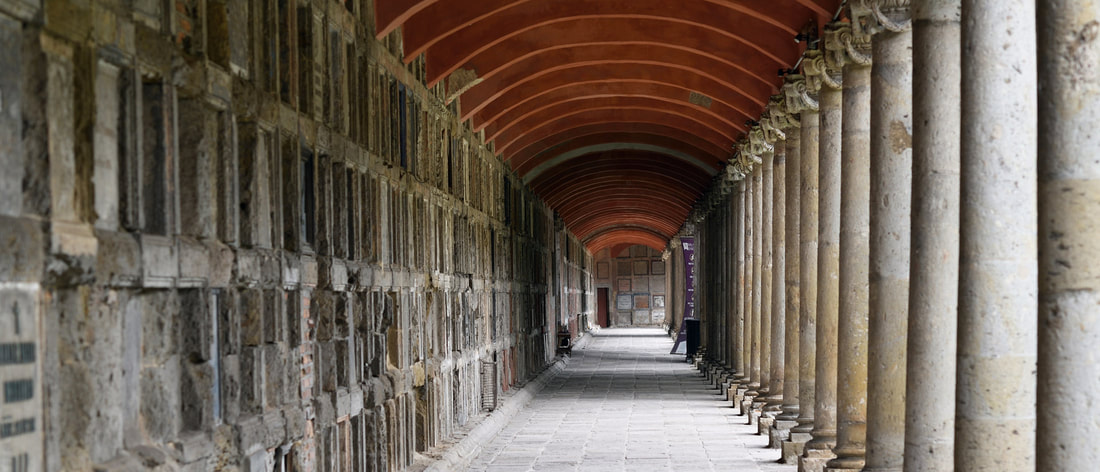
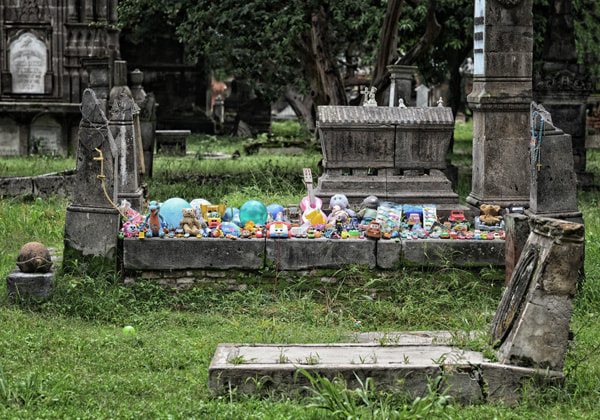
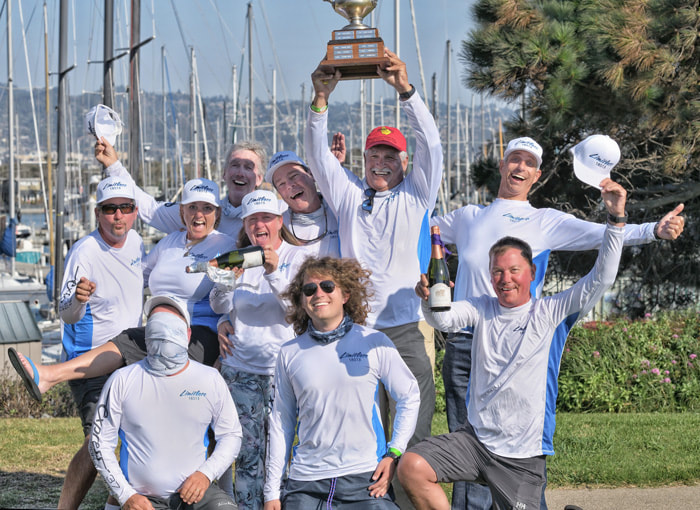
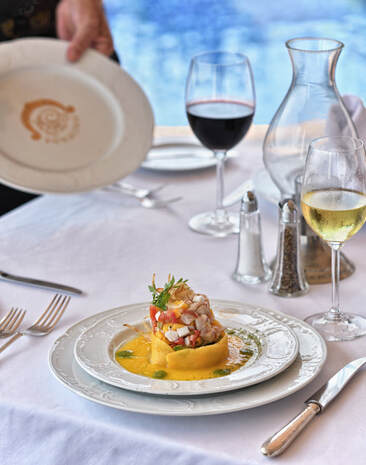
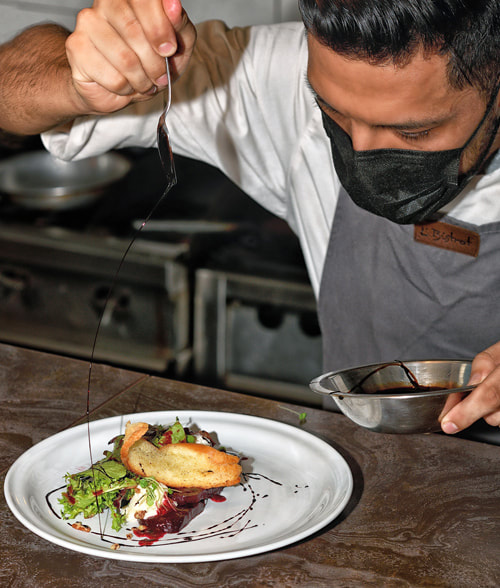
 RSS Feed
RSS Feed

